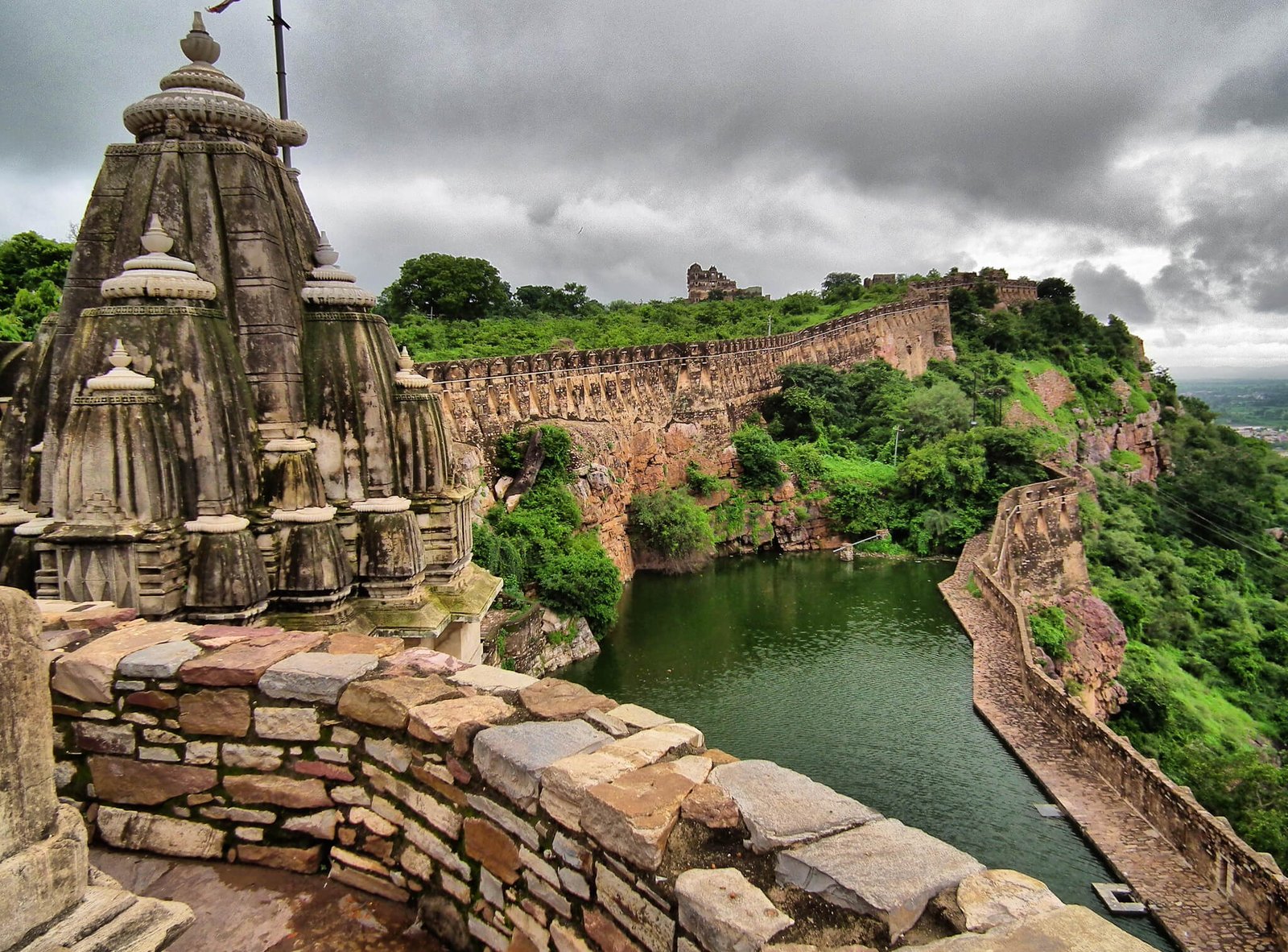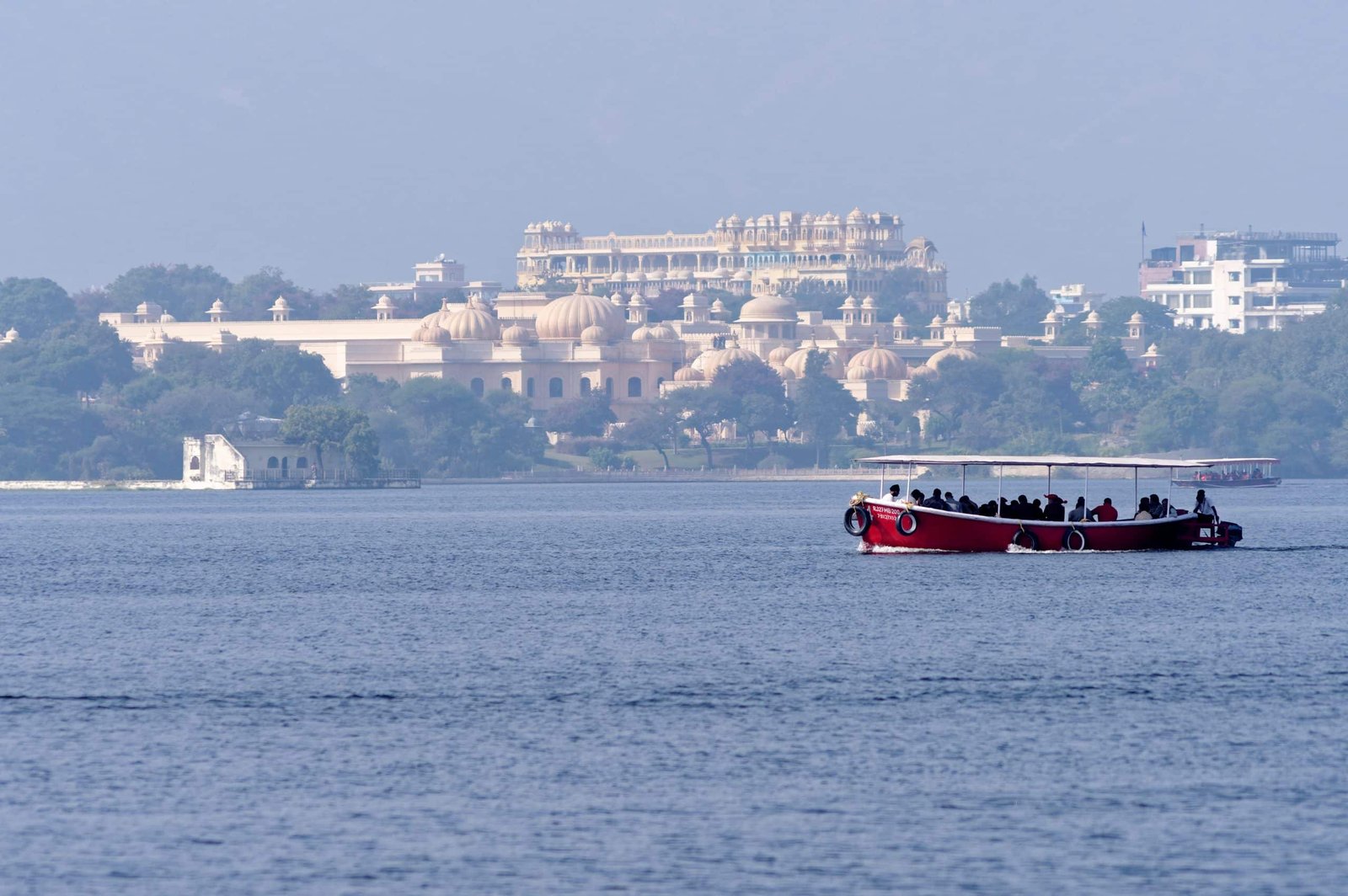South Rajasthan, with its majestic forts, serene lakes, and untouched natural landscapes, offers a captivating blend of history and nature that appeals to every traveler. From Udaipur’s regal charm to the tribal traditions of Dungarpur, this region of India is rich in experiences that linger long after the journey ends. If you’re planning a culturally immersive escape, the 7-Night / 8-Day South Rajasthan Tour is the ideal itinerary to uncover this region’s soul. Whether you are a history buff or a nature lover, this guide will help you navigate the best that South Rajasthan has to offer.
Udaipur: The City of Lakes and Royal Splendor
Often called the “Venice of the East,” Udaipur is the gateway to South Rajasthan. It is steeped in Rajput history and known for its marble palaces, narrow winding streets, and glittering lakes. The City Palace, perched on the banks of Lake Pichola, offers panoramic views and a glimpse into the opulence of the Mewar dynasty. The crystal gallery and royal courtyards highlight the exquisite craftsmanship of a bygone era.
Nature lovers can enjoy a peaceful boat ride on Fateh Sagar Lake or explore the lush gardens of Saheliyon-ki-Bari. The serene landscapes and heritage architecture blend seamlessly, making Udaipur a perfect introduction to the region’s dual charms.
Kumbhalgarh: The Great Wall of India
About 85 kilometers from Udaipur lies Kumbhalgarh, home to the second-longest continuous wall in the world. Built by Rana Kumbha in the 15th century, Kumbhalgarh Fort is a UNESCO World Heritage Site and one of the most impregnable fortresses in Indian history. It served as a refuge for the rulers of Mewar during times of conflict.
The fort is surrounded by the Kumbhalgarh Wildlife Sanctuary, where one can spot leopards, antelopes, and various bird species. This destination not only satisfies a thirst for historical insights but also offers encounters with Rajasthan’s lesser-known wilderness.
Ranakpur: Temple Architecture Amid the Aravallis
Ranakpur is famed for its 15th-century Jain temples, particularly the Chaumukha Mandir dedicated to Lord Adinatha. Carved from white marble, the temple features over 1,400 intricately designed pillars, no two of which are alike. This architectural marvel is set against the backdrop of the Aravalli hills, creating a peaceful and spiritual ambiance.
The natural trails around the temple complex offer short treks through forested areas, where visitors can spot langurs and peacocks. For both the spiritually inclined and the eco-conscious traveler, Ranakpur is a quiet haven.
Mount Abu: Rajasthan’s Green Oasis
As the only hill station in Rajasthan, Mount Abu presents a stark contrast to the arid surroundings of the state. Nestled within the Aravalli Range, it’s a refreshing stop known for its cool climate, evergreen forests, and scenic viewpoints. The Dilwara Temples here, carved in pure white marble between the 11th and 13th centuries, are among the finest examples of Jain temple architecture in India.
Nature enthusiasts can explore the Mount Abu Wildlife Sanctuary, home to sloth bears, wild boars, and the rare grey junglefowl. Sunset Point and Honeymoon Point offer breathtaking views of the hills and valleys, particularly at dusk.
Chittorgarh: Saga of Rajput Valor and Resistance
Chittorgarh Fort, a symbol of Rajput bravery and sacrifice, is one of the largest forts in India. This formidable structure has witnessed many historic sieges, the most notable being that of Alauddin Khilji in the 14th century. The fort houses several significant monuments like the Vijay Stambha (Victory Tower), Kirti Stambha (Tower of Fame), and the palace of Rani Padmini.
For travelers drawn to stories of heroism and legacy, Chittorgarh offers an immersive dive into Rajasthan’s defiant past. Walking through its ancient pathways evokes a sense of connection with those who once defended this land.
Dungarpur: Tribal Culture and Hidden Gems
Located close to the Gujarat border, Dungarpur is often overlooked by mainstream travelers. Yet, its unique tribal culture, palatial architecture, and scenic Vagad region make it a gem worth exploring. The Udai Bilas Palace, now a heritage hotel, showcases Rajput-era architecture with ornate balconies and fine stone carvings.
The surrounding countryside is dotted with lakes and forests, ideal for birdwatching and peaceful retreats. Dungarpur also offers cultural insights into the Bhil tribal community, adding another dimension to your journey through South Rajasthan.
Planning Your Journey with Local Expertise
Navigating the cultural and natural richness of South Rajasthan requires local insight and convenience. A trusted Tour operator in Rajasthan can help craft a personalized itinerary that balances historical exploration with offbeat nature excursions. From organizing guided fort visits to arranging village stays in the Aravallis, local operators ensure authenticity and seamless travel.
Transportation across the region is best handled with a reliable Rajasthan taxi service, offering the flexibility to explore remote towns and scenic byways. Hiring local drivers also enriches your trip with their narratives and knowledge of lesser-known places.
Final Thoughts
South Rajasthan is more than a tourist destination—it’s a narrative landscape where every stone tells a story and every vista offers a pause for reflection. From the grandeur of Rajput architecture to the serenity of hilltop temples and lush sanctuaries, this part of India stands as a testament to resilience, beauty, and living history.
Whether you walk through the ancient corridors of Chittorgarh, meditate in a Jain temple in Mount Abu, or sip tea beside a lake in Udaipur, your journey here will be rooted in authenticity and wonder. Let South Rajasthan surprise you with its contrasts, soothe you with its landscapes, and inspire you with its tales of glory.




